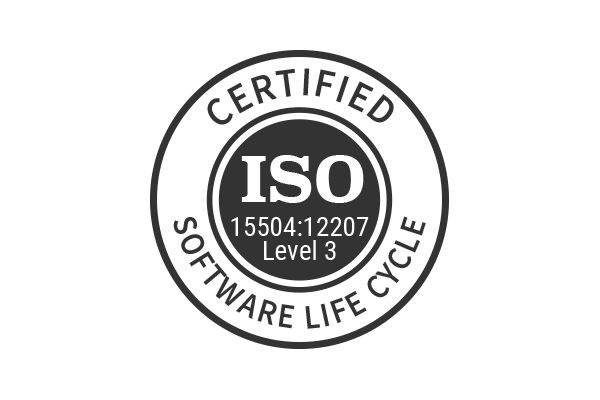
The process of software development and deployment involves multiple stages that ensure the quality, functionality, and security of the applications. It’s essential to understand the importance of each of these environments, their main characteristics, and the role they play in the production chain.
Development, Testing, and Production Environments
1. Development (DEV) Environment
- Purpose: In this environment, developers write, modify, and test the code. It is where the initial and continuous creation of the product takes place.
- Users: Developers and occasionally technical leaders.
- Server Location: Typically on the development company’s internal servers.
- Deployments: Constant, as this is where the code is actively being developed.
2. Quality Assurance (QA) Environment
- Purpose: This environment is where thorough tests are conducted to detect and correct errors before the software reaches end-users.
- Users: Testing and quality verification teams.
- Server Location: Usually on the development company’s servers.
- Deployments: After a development phase or when a feature is ready to be tested.
3. User Acceptance Testing (UAT) Environment
- Purpose: Here, the software is validated to meet the client’s or end-users’ needs and expectations.
- Users: Clients or a selected group of users representing the end client.
- Server Location: Either on the client’s servers or the development company’s, depending on the agreement.
- Deployments: After the software has passed the QA phase and before moving to the Live environment.
4. Production or Live Environment
- Purpose: This is where the final version of the software is accessible to all users.
- Users: End-users.
- Server Location: Typically on the client’s servers or an agreed cloud service provider.
- Deployments: After the software has successfully gone through UAT.
Why Have These Four Environments?
- Segmentation of Responsibilities: Each environment has a clear purpose, ensuring different development and testing stages don’t overlap or interfere with each other.
- Risk Mitigation: If an error occurs in DEV, QA, or UAT, it won’t directly affect the end-users in Live.
- Assured Quality: By going through different testing phases, the software is guaranteed to be free of critical errors when deployed in Live.
Dangers of Working With Fewer Environments
- Direct Risk to Users: Any code error would immediately affect end-users.
- Lack of Validation: Without environments like QA and UAT, crucial testing and validation stages are lost.
- Downtime: If a problem arises in production, the service might need to stop for correction, affecting user experience and possibly leading to financial losses.
- Reputation: Errors in production can harm users’ perception of the company or product.
Azure DevOps in Environment Management
Azure DevOps, from Microsoft, facilitates the deployment and management of environments in the software lifecycle. Within Azure DevOps, Azure Repos allows for the management of Git repositories, recommending the use of a “Feature Branch Workflow”, where each new feature or correction is developed in an independent branch.
With Azure Pipelines, construction, testing, and deployment tasks for each environment (Development, QA, UAT, Live) are automated, allowing advanced deployment strategies and ensuring consistency and quality in every release.
Furthermore, tools like Azure Resource Manager (ARM) can define and manage environments in a coded manner, ensuring consistent configurations.
At Qualitapps, our dedication to software development excellence is evident in how we structure and manage development environments. We use Azure DevOps at every stage, from Development to UAT, to ensure a smooth and coherent process, and we can deploy in the Live environment on our clients’ servers if required.
For those clients who have subcontracted developers and QA engineers under outsourcing, we recommend the use of these four environments. This structure not only represents the industry’s best practices but is essential for maintaining the quality and security of the software.
Additionally, we are proud to mention that we are certified under the ISO 15504:12207 Level 3 standard. Also known as SPICE (Software Process Improvement and Capability Determination), this standard focuses on the evaluation and improvement of software processes. Being certified at this level indicates that Qualitapps follows a rigorous procedure and adheres to international standards in all our projects, reaffirming our commitment to offering high-quality software solutions to all our clients.





